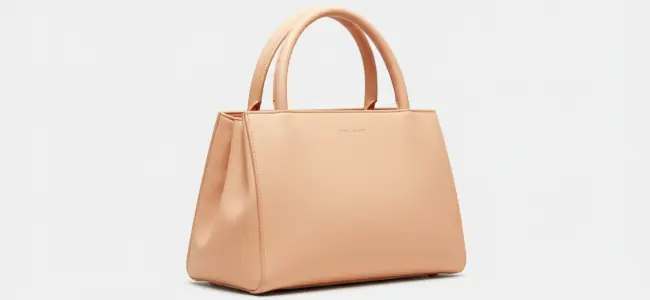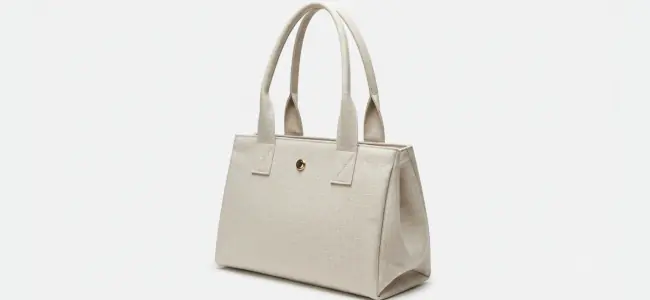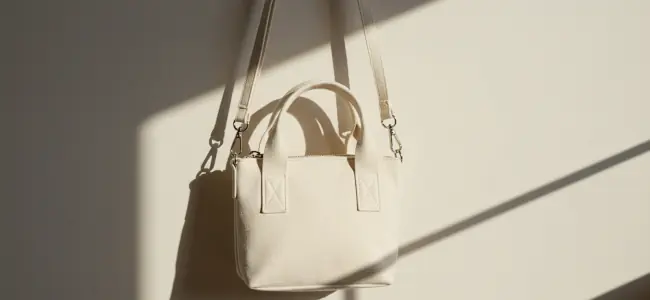Several days ago, I started to sew a new bag for selling and considered what parts would work well. That made me think about how to create variations on our products. Let’s talk about it.
How to avoid repetition of similar works
Sometimes, we want to avoid repetition of similar works. Repeating the same thing bores both ourselves and our customers.
However, it will often not work if we add new elements that we are not interested in. It is unreasonable to introduce new elements just because they are trendy. In addition, drastic changes can upset our customers.

That tells us we have to balance between new challenges and creating variations that satisfy both ourselves and our customers.
However, we sometimes don’t know how to achieve the balance.
One solution is bringing the concept of parameters into our productions. That may balance our pursuit of challenges and our core values. Today, I will explain why.
The concept of parameters
Try incorporating the concept of parameters into your productions if you want to achieve a balance between new challenges and variations.
A parameter is a degree that has two opposite characteristics. In other words, it is the factor we struggle with when deciding how much to do.
For example, in cooking, temperature is one parameter. They are elements with opposing qualities.

If we cook something at a high temperature, such as grilling over an open flame, it can be cooked quickly. However, the surface may burn while the inside remains cold if we cook a thick ingredient.
On the other hand, if we cook at a lower temperature, we can add heat to the inside and also prevent it from burning, but it takes time.
There are many parameters, such as the thickness of the ingredients, the types of vegetables, saltiness, sourness, sweetness, texture, and nutritional values. In your fields, there would be various parameters as well.
Combinations of such parameters determine the tendencies of our work.
Adding a new parameter
When you try new things, limit the number of new parameters to one or a few. That allows you to add new elements while maintaining your interest and avoiding radical changes that your customers cannot adapt to.
This is a logical approach, not an imitation of others. Curiosity, which is one form of logical sense, makes us try both sides, while imitation makes us try one form. Curiosity brings us balance, while imitation often breaks consistency.
In my case of sewing bags, I realized that the length of the handle affects the functionality. It was one parameter. That stimulated my curiosity.
An example of making a bag
Let’s look at three cases of changing the handle length. Recognizing it as a parameter makes us want to try everything.
In the first case, we can add short handles to a bag, like the following image.

In this case, we can easily pick it up. In addition, since the distance between our hands and the bag is close, we can smoothly take items in and out. However, we always have to keep it in hand, and one hand is occupied. It is effective for short-distance moves with places to put the bag.
In the second case, we can add longer handles, as shown in the following image.

These long handles enable us to carry the bag on the shoulder. However, since the distance between the handle and the bag increases, it takes more effort to take items in and out. The more frequently we use the bag, the more stressful it will be.
The final case is to add a shoulder strap with short handles, like the following image:

In this case, we can satisfy both ease of carrying and quick access to items inside. However, when holding it by hand, the shoulder strap gets in the way.
A logical way
They have pros and cons. That is the characteristic of parameters.
That is why we want to try many patterns. It gives us multiple benefits. First, experiencing pros leads to new possibilities. Next, it naturally integrates the new element into our products. Finally, changing those parameters enables us to make various products while maintaining our tendency.
That balances our pursuit of challenges and our core values.
On the other hand, if we imitate others’ style, we will soon lose sight of our strengths and interests. That stimulates a competitive mind and an inferiority complex. It is not a logical way to improve.
Conclusion
That is a way to achieve the balance between new challenges and creating variations.
We can bring the concept of parameters into our productions.
That may allow you to improve yourself while retaining your customers.
Thank you for reading this article. I hope to see you in the next one.


